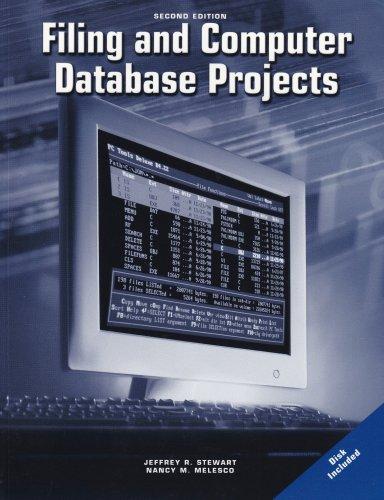Answered step by step
Verified Expert Solution
Question
1 Approved Answer
Please help with completing the lines, referencing what the argument should be and what type of argument it is (Modus Ponens, Modus Tollens, Hypothetical Syllogism,


Please help with completing the lines, referencing what the argument should be and what type of argument it is (Modus Ponens, Modus Tollens, Hypothetical Syllogism, Disjunctive Syllogism)
7. Natural Deduction - Practice 3 Aa Aa E Most natural deduction proofs in propositional logic require more than a single line to complete. You can use the natural deduction rules you have learned so far in a series of steps to show that a conclusion follows from a given set of premises. The proposition on each new line should follow from the lines above according to one of the natural deduction rules. In addition to the proposition, each line must cite the line numbers from which the new line follows (either one or two line numbers, depending on which rule you are using to generate the new line) and the abbreviation for the rule used (e.g., "MP" stands for modus ponens, "MT" stands for modus tollens, "DS" stands for disjunctive syllogism, and so on). When you have successfully derived the conclusion on its own line in a series of correct applications of the natural deduction rules, you have shown that the conclusion necessarily follows from the given premises and that the argument is valid. If you are unable to complete the proof for a given argument, this does not mean that the argument is necessarily invalid; it may just be that you were unable to think of the correct way to complete the proof. As you learn additional natural deduction rules, and as the proofs you will need to complete become more complex, it is important that you develop your ability to think several steps ahead to determine what intermediate steps will be necessary to reach the argument's conclusion. Completing complex natural deduction proofs requires the ability to recognize basic argument patterns in groups of compound statements and often requires that you "reason backward" from the conclusion to identify what rules will allow you to obtain the conclusion and in what order they must be applied. Developing these skills requires regular practice and repetition completing increasingly complex proofs. You are allowed to try three different versions of each page in this problem set. Even if you find a proof on one page to be easy, it is a good idea to try the other versions of each page to get as much practice completing proofs as possible. Complete the following natural deduction proof. The given numbered lines are the argument's premises, and the line beginning with a single slash is the argument's conclusion. Derive the argument's conclusion in a series of new lines using the proof checker below. Click Add Line to add a new line to your proof. Each new line must contain a propositional logic statement, the previous line numbers from which the new statement follows, and the abbreviation for the rule used. As long as every step is correct and you successfully obtain the argument's conclusion on its own line, the proof is correct. In some cases, there may be more than one correct path you can take to reach the conclusion. You can check each line as you go, or you can wait until your proof is completed to check the entire proof. If you make a mistake, click the line you would like to modify. Note: You may need to recheck subsequent lines if you make a change to an already-entered line. When you have completed your proof, click Check ProofStep by Step Solution
There are 3 Steps involved in it
Step: 1

Get Instant Access to Expert-Tailored Solutions
See step-by-step solutions with expert insights and AI powered tools for academic success
Step: 2

Step: 3

Ace Your Homework with AI
Get the answers you need in no time with our AI-driven, step-by-step assistance
Get Started


